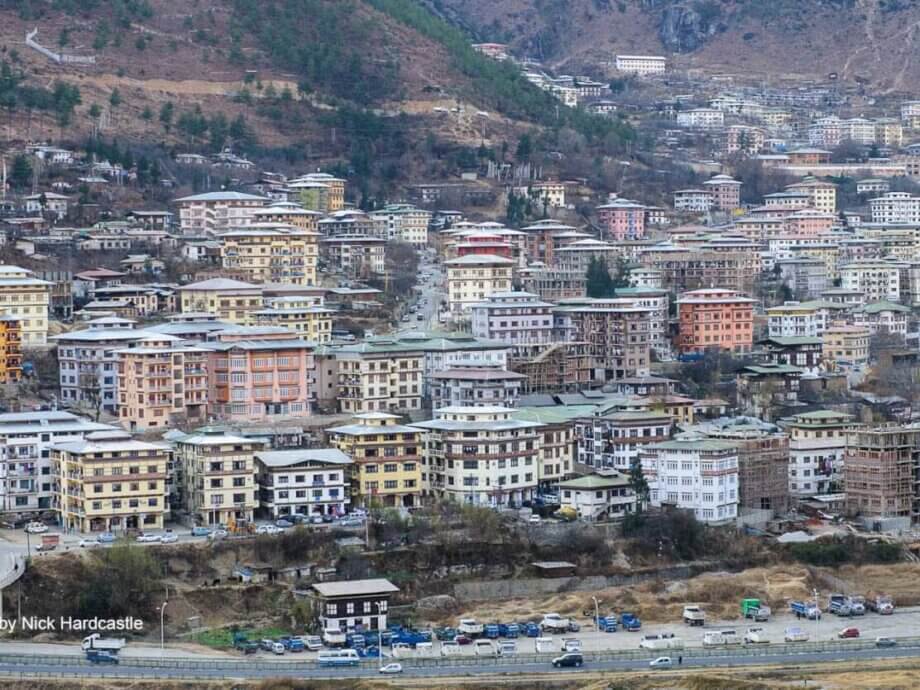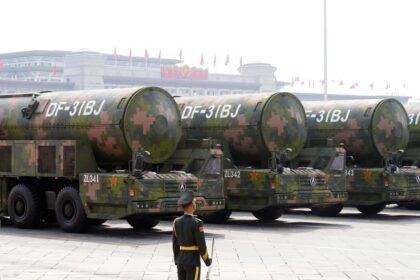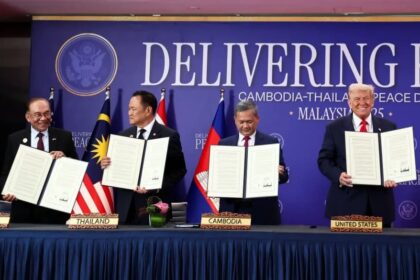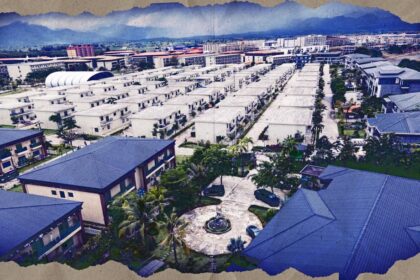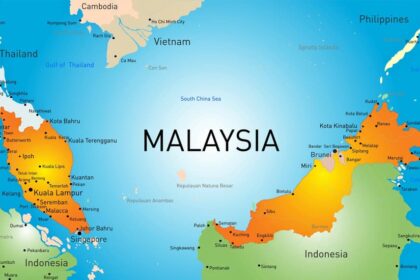Bhutan’s Housing Landscape in 2025: Key Findings from the Latest National Survey
Bhutan’s housing sector is undergoing significant transformation, as revealed by the National Statistics Bureau’s (NSB) Household Consumption and Expenditure Survey 2025 (HCES 2025). The survey, the first of its kind in Bhutan, provides a comprehensive snapshot of home ownership, rental patterns, and the economic realities shaping where and how Bhutanese people live. With a near-even split between homeowners and renters nationwide, the data highlights stark contrasts between urban and rural areas, raising important questions about affordability, urbanization, and the future of housing policy in the Himalayan kingdom.
- Bhutan’s Housing Landscape in 2025: Key Findings from the Latest National Survey
- How Many Bhutanese Own Their Homes?
- What Drives the Urban-Rural Divide in Home Ownership?
- Economic Realities: Expenditure, Income, and Housing Costs
- Types of Housing: From Standalone Houses to Apartments
- Demographic and Social Factors Shaping Housing
- Comparing Bhutan’s Home Ownership Rate Globally
- Trends in the Residential Real Estate Market
- Policy Implications: Addressing Housing Affordability and Urban Challenges
- Looking Ahead: The Future of Housing in Bhutan
- In Summary
How Many Bhutanese Own Their Homes?
According to the HCES 2025, 53.2% of Bhutanese households own their dwellings, while 46.8% rent. This national average masks a pronounced urban-rural divide. In rural areas, home ownership is robust, with 75.8% of households owning their homes. In contrast, only 16% of urban households own their homes, with the vast majority (81.8%) renting. This split reflects both economic realities and the unique challenges of housing in Bhutan’s rapidly urbanizing cities.
These figures are consistent with previous surveys, such as the 2022 Bhutan Living Standard Survey, which also found that nearly half of Bhutanese did not own their homes, and that rural areas had much higher ownership rates than urban centers. The trend has remained stable, but the gap between urban and rural home ownership is widening as more people migrate to cities in search of better opportunities.
What Drives the Urban-Rural Divide in Home Ownership?
The reasons behind the urban-rural divide in home ownership are multifaceted. In rural Bhutan, land is more readily available, and traditional family structures often mean that homes are passed down through generations. Construction materials such as stone and mud are commonly used, and many rural households build their own standalone houses. According to the HCES 2025, 82.2% of rural households live in standalone houses, compared to just 23.2% in urban areas.
Urban areas, on the other hand, face a scarcity of land due to Bhutan’s mountainous terrain and limited flat land suitable for development. As a result, high-rise apartments and condominiums have become the norm, with 66.9% of urban households living in apartments. The cost of land and property in cities like Thimphu has soared, making home ownership unattainable for many urban residents. Instead, renting is the only viable option for the majority.
Simona Suzuki, a housing policy analyst, explains:
“Urbanization in Bhutan is accelerating, but the supply of affordable housing has not kept pace with demand. This has led to a situation where most city dwellers are renters, often paying high rents for limited space.”
These dynamics are not unique to Bhutan, but the country’s geography and cultural context make the challenges particularly acute.
Economic Realities: Expenditure, Income, and Housing Costs
The HCES 2025 also sheds light on the economic pressures facing Bhutanese households. The nationwide mean monthly household consumption expenditure is Nu 54,387, but this figure varies significantly between urban and rural areas. Urban households spend an average of Nu 67,616 per month, nearly 46% more than their rural counterparts, who spend Nu 46,331. On a per capita basis, urban residents spend Nu 22,168, compared to Nu 14,550 in rural areas.
Housing costs are a major component of household expenditure, especially in urban areas. The average monthly house rent in urban Bhutan is Nu 6,996, with Thimphu recording the highest average rent at around Nu 9,100. In rural areas, the average rent is much lower, at Nu 3,710. These figures highlight the affordability challenges faced by urban renters, many of whom spend a significant portion of their income on housing.
Income disparities further complicate the picture. Households in the top income quintile spend almost four times as much as those in the lowest quintile, and the wealthiest spend seven times more per capita. As economic status improves, household size tends to decrease, with the poorest households averaging 4.8 persons and the richest 2.6. This suggests that wealthier households can afford more space and privacy, while poorer families often share crowded accommodations.
Types of Housing: From Standalone Houses to Apartments
Bhutan’s housing stock is diverse, reflecting both tradition and modernity. Nationwide, about 60% of Bhutanese live in standalone houses, 34% in separate apartments, 5% in shared accommodations, and just over 1% in alternative dwelling types. The type of housing is closely linked to location: rural households overwhelmingly occupy standalone houses, while urban residents are more likely to live in apartments or shared accommodations.
Construction materials also vary by region. In rural areas, stone and mud are common, while urban buildings are typically constructed with brick or cement blocks. This reflects both the availability of materials and the need for more durable, multi-story structures in cities.
Access to basic amenities is high across the country. Electricity is available to 99.6% of households, and LPG and electricity are the dominant cooking fuels. However, firewood remains an important energy source in rural areas, used by 26.2% of households.
Demographic and Social Factors Shaping Housing
The HCES 2025 provides valuable demographic insights that help explain housing patterns. Bhutan’s population is young, with a median age of 32 years. Urban populations are slightly younger (median age 28) than rural communities (34). The sex ratio is 97 males per 100 females, indicating a slight female majority nationwide.
Household composition also varies. The average household size is 3.7 persons, with rural households slightly larger than urban ones. About 62.3% of households are headed by men, but female-headed households are more common in rural areas (23.7%) than in urban areas (14%). Marriage and cohabitation rates are high, with 61.9% of adults married and 19.1% cohabiting without formal marriage.
These demographic factors influence both the demand for housing and the types of dwellings preferred by different groups.
Comparing Bhutan’s Home Ownership Rate Globally
How does Bhutan’s home ownership rate compare internationally? According to a 2025 global ranking, the United States has a home ownership rate of 65.9%, while the United Kingdom stands at 63.2%. Bhutan’s rate of 53.2% is lower than these developed countries, but higher than some other nations facing acute housing shortages. The global context underscores the challenges Bhutan faces as it seeks to balance tradition, economic growth, and urbanization.
Trends in the Residential Real Estate Market
Bhutan’s residential real estate market is valued at approximately US$14.76 billion in 2025, with projections indicating steady growth at a compound annual rate of 5.63% through 2029. Several factors are driving this growth:
- Urbanization: More Bhutanese are moving to cities for jobs and education, increasing demand for urban housing.
- Changing Preferences: Younger generations prefer modern apartments with amenities, such as gated communities and fitness centers.
- Limited Land: Bhutan’s mountainous terrain restricts the availability of land for new construction, leading to a rise in vertical housing solutions like high-rise apartments.
- Government Policy: The government is promoting affordable housing projects and sustainable development, with strict regulations on land ownership and construction to preserve the environment.
- Foreign Investment: Efforts to attract foreign direct investment and boost tourism are stimulating the real estate market, though foreign ownership remains tightly regulated.
Despite these positive trends, the market faces challenges. Land scarcity, high construction costs, and regulatory hurdles can slow the development of new housing. The government’s focus on sustainability means that growth must be carefully managed to avoid environmental degradation.
Policy Implications: Addressing Housing Affordability and Urban Challenges
The findings of the HCES 2025 have significant implications for policymakers. The high proportion of renters in urban areas, combined with rising rents and limited availability of affordable housing, points to the need for targeted interventions. Potential policy responses include:
- Expanding Affordable Housing: Increasing the supply of affordable apartments and rental units in cities, possibly through public-private partnerships.
- Land Use Planning: Implementing smart urban planning to maximize the use of limited land, while preserving green spaces and cultural heritage.
- Financial Support: Offering subsidies or low-interest loans to help first-time homebuyers, especially young families and low-income households.
- Regulatory Reform: Streamlining building permits and reducing bureaucratic barriers to encourage responsible development.
- Rural Development: Supporting rural communities to maintain high home ownership rates and prevent excessive urban migration.
Policymakers must also consider the broader social and economic context, including income inequality, demographic shifts, and the need for sustainable development. The government’s goal of becoming a high-income Gross National Happiness (GNH) economy by 2034 will require a holistic approach to housing policy.
Looking Ahead: The Future of Housing in Bhutan
Bhutan stands at a crossroads. The country’s unique blend of tradition and modernity, combined with rapid urbanization and economic growth, presents both opportunities and challenges for the housing sector. The HCES 2025 provides a valuable roadmap for understanding these dynamics and crafting effective policies.
As Bhutan continues to urbanize, ensuring access to affordable, adequate, and sustainable housing will be critical. The government’s commitment to evidence-based policymaking, as demonstrated by the HCES 2025, is a positive step. However, ongoing monitoring, stakeholder engagement, and innovative solutions will be needed to address the evolving needs of Bhutanese households.
In Summary
- Bhutan’s home ownership rate in 2025 is 53.2%, with a stark urban-rural divide: 75.8% in rural areas versus 16% in urban centers.
- Urbanization, land scarcity, and high property costs drive most city dwellers to rent, while rural households typically own standalone houses.
- Housing costs are a major burden for urban renters, with average rents in Thimphu reaching Nu 9,100 per month.
- The residential real estate market is growing, fueled by urban migration, changing preferences, and government policies promoting sustainable development.
- Policy interventions are needed to expand affordable housing, improve urban planning, and support both urban and rural communities.
- Bhutan’s housing challenges reflect broader trends in economic development, demographic change, and the pursuit of Gross National Happiness.


